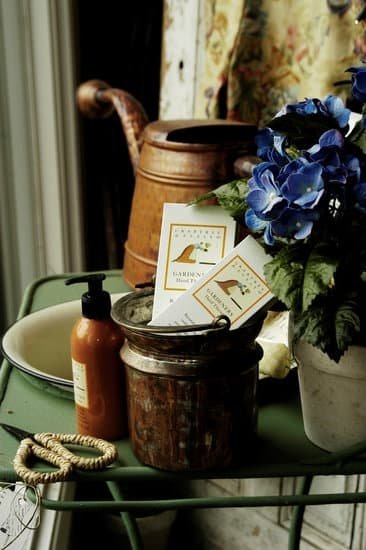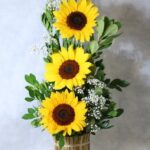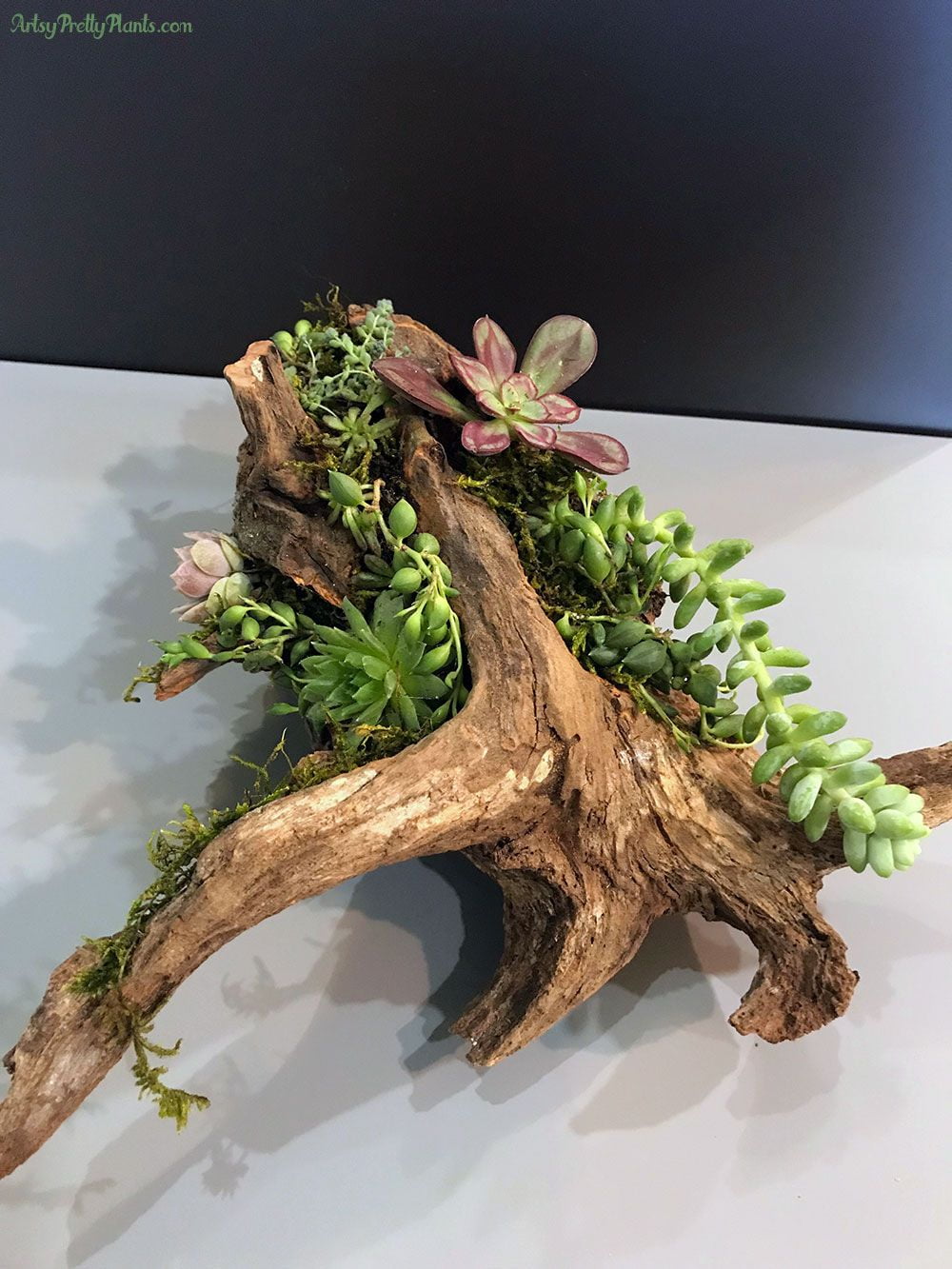Are you interested in trying out home gardening? Whether you have a green thumb or are a beginner to the art of gardening, there are plenty of home gardening ideas for beginners that can help you get started. From planning and choosing the right plants to understanding soil and fertilizer basics, this article will provide you with all the information you need to begin your own home garden.
Home gardening is not only a relaxing and rewarding hobby but can also provide you with fresh produce, beautiful flowers, and a sense of accomplishment. This introductory section will guide you through the essential steps to start your very own home garden, offering valuable tips and insights along the way. With the right guidance and a little bit of dedication, you can create a flourishing garden that will bring joy and beauty to your home.
In the following sections, we will delve into various aspects of home gardening – from planning and design to troubleshooting common problems. By breaking down each step into manageable chunks, even those with minimal experience can confidently embark on their gardening journey. So let’s get started and explore how to turn your outdoor space into a thriving oasis with these beginner-friendly home gardening ideas.
Planning Your Home Garden
Once you’ve made the decision to start your own home garden, it’s important to carefully plan out your space and resources in order to ensure a successful growing experience. Planning your home garden involves taking into consideration various factors such as the layout of your garden, the amount of sunlight it receives, and the type of plants you want to grow.
Assessing Your Space
The first step in planning your home garden is to assess the space you have available. Whether you have a small backyard or just a balcony, there are plenty of home gardening ideas for beginners that can help you make the most of any space. Take note of how much sunlight each area receives throughout the day, as this will determine which plants will thrive in those locations.
Setting Realistic Goals
It’s also important to set realistic goals for your home garden. Consider how much time and effort you’re willing to put into maintaining your garden and choose plants that align with your level of commitment. For beginner gardeners, starting with low-maintenance plants such as herbs, succulents, or easy-to-grow vegetables can be a great way to build confidence and experience.
Creating a Garden Layout
Once you have a clear idea of the space available and the types of plants you want to grow, it’s time to create a layout for your garden. Consider factors such as plant height, spacing, and potential growth patterns when arranging your chosen plants. This will help ensure that each plant has enough room to flourish and will make it easier for you to maintain and harvest them.
By carefully planning your home garden based on these considerations, you’ll be well on your way to creating a beautiful and fruitful oasis right in your own backyard or balcony.
Choosing the Right Plants for Your Space
When it comes to home gardening ideas for beginners, choosing the right plants for your space is crucial. It’s important to consider factors such as the amount of sunlight your garden receives, the climate in your area, and the size of your garden. Start by identifying whether your location gets full sun, partial sun, or shade throughout the day. This will help you determine which plants are suitable for your garden.
Another important consideration when choosing plants for your home garden is the climate in your area. Some plants thrive in hot and dry conditions, while others prefer cooler and more humid environments. Research which plants are native to your region and are well-suited to the local climate. Additionally, consider the size of your garden when selecting plants. If you have a small space, opt for compact varieties or vertical gardening solutions to maximize space.
It’s also essential to consider what you hope to achieve with your home garden. Are you interested in growing vegetables, herbs, flowers, or a combination of these? Different plants have different requirements and it’s important to choose ones that align with your gardening goals. By carefully selecting the right plants for your space, you can set yourself up for a successful and enjoyable gardening experience.
Lastly, seek out advice from local nurseries or experienced gardeners in your area who can provide valuable insights on choosing plants that are well-suited to your specific gardening conditions.
| Factors | Considerations |
|---|---|
| Amount of sunlight | Full sun, partial sun, shade |
| Climate | Hot and dry or cooler and more humid |
| Garden size | Compact varieties or vertical gardening solutions for small spaces |
| Gardening goals | Vegetables, herbs, flowers – choose accordingly |
Understanding the Basics of Soil and Fertilizer
Importance of Soil and Fertilizer
As a beginner in home gardening, it is crucial to understand the importance of soil and fertilizer in the growth and health of your plants. The soil provides essential nutrients, support, and moisture to the plants, while fertilizers supplement these nutrients to ensure optimal growth. Without the right combination of soil and fertilizer, your plants may struggle to thrive.
Types of Soil and Fertilizer
There are various types of soil and fertilizer available for home gardening, each with its own unique properties and benefits. When selecting soil for your garden, consider factors such as drainage, pH levels, and texture. It’s important to choose a fertilizer that complements your soil type and provides the necessary nutrients for your specific plants. Understanding these differences will help you create the best environment for your garden to flourish.
Tips for Improving Soil Quality
For beginners, it’s essential to learn how to improve soil quality through methods such as composting, mulching, and using organic matter. These practices can enhance the structure, fertility, and moisture retention of your soil while promoting healthy plant growth. Additionally, understanding how to properly apply fertilizer without overdoing it is crucial in ensuring that your plants receive the nutrients they need without causing harm.
By familiarizing yourself with these fundamental aspects of soil and fertilizer management in home gardening, you’ll be better equipped to create a thriving garden space from the outset. Remember that experimentation is part of the learning process, so don’t be afraid to try different approaches until you find what works best for your specific garden needs.
Essential Tools and Equipment for Beginner Gardeners
When starting a home garden, it’s important to have the right tools and equipment on hand to ensure success. Here are some essential items that every beginner gardener should consider investing in:
1. Garden Gloves: Protect your hands from dirt, thorns, and other gardening hazards with a sturdy pair of gloves. Look for gloves that are durable, yet flexible, to make handling plants and soil easier.
2. Hand Trowel: This small handheld tool is indispensable for planting and transplanting small flowers and vegetables. A good quality trowel will last for years and make gardening tasks much more efficient.
3. Pruning Shears: Keep your plants healthy and well-maintained with a pair of sharp pruning shears. Use them to trim back dead or overgrown foliage, cut flowers for arrangements, or harvest fruits and veggies.
4. Watering Can or Hose: Proper hydration is crucial for the health of your plants. Invest in a watering can or hose with a spray attachment to ensure that all of your plants receive the water they need.
5. Garden Fork or Spade: For larger gardening tasks like turning soil or digging up weeds, a garden fork or spade is essential. These tools come in several sizes and materials, so choose one that feels comfortable in your hands.
6. Wheelbarrow: If you have a larger garden space or heavy planting materials, a wheelbarrow can be a game-changer. Use it to transport soil, mulch, plants, or any other heavy items around your garden with ease.
Equipping yourself with these basic tools will set you up for gardening success as you embark on your new home gardening journey.
Tips for Watering and Maintaining Your Garden
When it comes to home gardening ideas for beginners, knowing how to properly water and maintain your garden is crucial for the success of your plants. Here are some helpful tips to ensure that your garden stays healthy and vibrant:
- Watering Schedule: Establish a regular watering schedule for your plants, especially during the hot summer months. Most plants need about 1 inch of water per week, either from rainfall or irrigation.
- Proper Drainage: Make sure that your garden beds have adequate drainage to prevent waterlogged soil, which can lead to root rot and other issues. Consider adding organic matter such as compost to improve soil structure and drainage.
- Mulching: Applying mulch around your plants can help retain moisture in the soil, suppress weeds, and regulate soil temperature. Organic mulches like straw, wood chips, or leaves are excellent choices for most gardens.
In addition to proper watering practices, maintaining your garden also involves regular upkeep and care for your plants. Here are some maintenance tips for beginner gardeners:
- Weeding: Keep an eye out for weeds in your garden beds and promptly remove them to prevent competition for nutrients and water with your desired plants.
- Pruning: Regularly prune shrubs, trees, and perennial flowers to promote healthy growth and maintain a tidy appearance in your garden.
- Pest Control: Monitor your plants for any signs of pests or diseases, and take appropriate measures such as handpicking insects or using organic pest control methods if necessary.
By implementing these watering and maintenance tips, you’ll be on the right track to nurturing a thriving home garden filled with beautiful and healthy plants. Remember that successful gardening takes time and patience, so don’t get discouraged if you encounter challenges along the way. Happy gardening.
Troubleshooting Common Garden Problems for Beginners
As a beginner in home gardening, it’s important to be prepared for some common garden problems that you may encounter. One of the most common issues is pests and diseases that can damage your plants.
To combat this, you can learn about natural pest control methods such as using companion planting or introducing beneficial insects like ladybugs to your garden. Additionally, being proactive about inspecting your plants regularly can help you catch any issues early on before they become too severe.
Another common problem for beginner gardeners is overwatering or underwatering their plants. Both scenarios can lead to plant stress and ultimately affect their growth and productivity. To prevent this, it’s important to familiarize yourself with the watering needs of each plant species in your garden. Generally, most plants require about an inch of water per week, but this can vary depending on factors such as temperature and soil type.
Furthermore, nutrient deficiencies in the soil can also be a common issue for beginner gardeners. It’s essential to understand the basics of soil composition and fertilizer application to ensure that your plants are getting the necessary nutrients for healthy growth. Conducting a soil test can help you identify any deficiencies and guide you in choosing the right type of fertilizer for your garden.
| Common Garden Problems | Troubleshooting Tips |
|---|---|
| Pests and Diseases | Use natural pest control methods such as companion planting or introduce beneficial insects like ladybugs |
| Overwatering/Underwatering | Familiarize yourself with the watering needs of each plant species; conduct regular inspections to monitor moisture levels |
| Nutrient Deficiencies | Conduct a soil test to identify deficiencies; choose the right type of fertilizer based on test results/ |
Creative and Functional Garden Design Ideas
Creating a functional and aesthetically pleasing garden design is important for beginner gardeners who want to make the most of their outdoor space. Whether you have a small balcony or a spacious backyard, there are countless home gardening ideas for beginners that can help you create a beautiful and productive garden.
One creative idea for maximizing your space is vertical gardening. This technique involves growing plants on walls or trellises, which is perfect for small gardens or urban spaces. You can use climbing plants like tomatoes, cucumbers, or beans to create a lush green wall that not only looks stunning but also saves space.
Another great design idea is to incorporate raised beds into your garden. Raised beds not only provide good drainage and soil structure but also give you better control over the quality of your soil compared to traditional in-ground gardening. You can build raised beds using wood, stone, or even recycled materials like old pallets.
Lastly, consider incorporating functional elements into your garden design, such as paths, seating areas, or water features. These additions not only enhance the visual appeal of your garden but also make it a more enjoyable place to spend time in. By creating different “rooms” within your garden and adding decorative elements like colorful planters and sculptures, you can transform your outdoor space into a peaceful retreat.
With these creative and functional garden design ideas in mind, beginner gardeners can elevate their home gardens from simple plots of land to beautiful and productive outdoor spaces that they can enjoy year-round. By incorporating vertical gardening, raised beds, and functional elements into their designs, new home gardeners can create stunning and efficient gardens regardless of their available space.
Conclusion
In conclusion, home gardening can be a rewarding and fulfilling experience for beginners. Whether you have a small balcony or a spacious backyard, there are countless home gardening ideas for beginners to explore and enjoy.
As you embark on your journey as a new gardener, it’s important to remember that success takes time, patience, and some trial and error. Don’t be discouraged by initial setbacks or challenges – instead, use them as learning opportunities to improve and grow your skills.
As you continue on your home gardening journey, consider joining a local gardening club or online community to connect with experienced gardeners who can offer advice and support. Additionally, keep educating yourself about different plants, soil types, and gardening techniques to expand your knowledge and confidence as a gardener. And most importantly, have fun experimenting with creative garden designs and enjoying the beauty of nature in your own backyard.
In the end, home gardening is not just about growing plants – it’s about cultivating a connection with nature, creating an inviting outdoor space, and reaping the rewards of your hard work. So embrace the joy of nurturing living things and contributing to the beauty of your surroundings through your flourishing garden. Happy gardening.
Frequently Asked Questions
What Should I Garden for Beginners?
For beginners, it’s best to start with easy-to-grow plants like tomatoes, lettuce, and herbs such as basil or mint. These plants are relatively low maintenance and can thrive in a variety of growing conditions.
How Do I Start Gardening for the First Time?
Starting gardening for the first time involves doing some research on the types of plants you want to grow, understanding your local climate and soil conditions, and investing in necessary tools like gloves, shovel, and watering can. It’s also important to start small and gradually expand as you gain more experience.
How Do You Layout a Garden for Beginners?
When laying out a garden for beginners, it’s important to consider factors like sunlight exposure, plant spacing, and access to water sources. It’s helpful to sketch out a simple plan for your garden layout, taking into account the mature size of each plant and leaving enough space for pathways.
For beginners, starting with a small plot or raised bed can make the layout process more manageable.

Welcome to my gardening blog! I am passionate about plants and enjoy sharing my knowledge and experiences with others. In this blog, I will write about everything related to gardening, from tips on how to get started to updates on my own garden projects.





